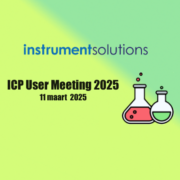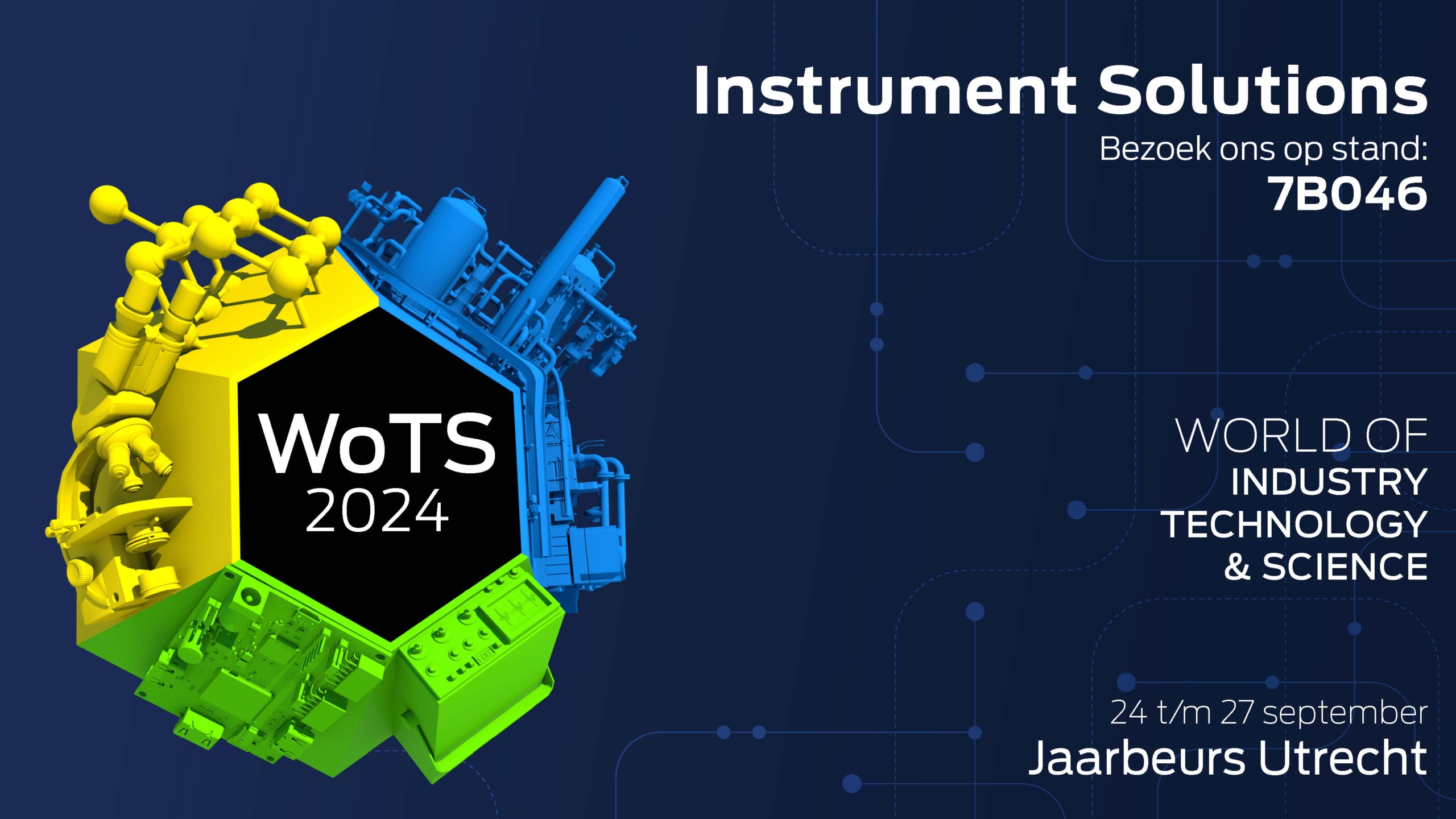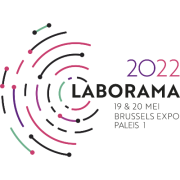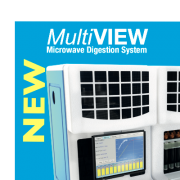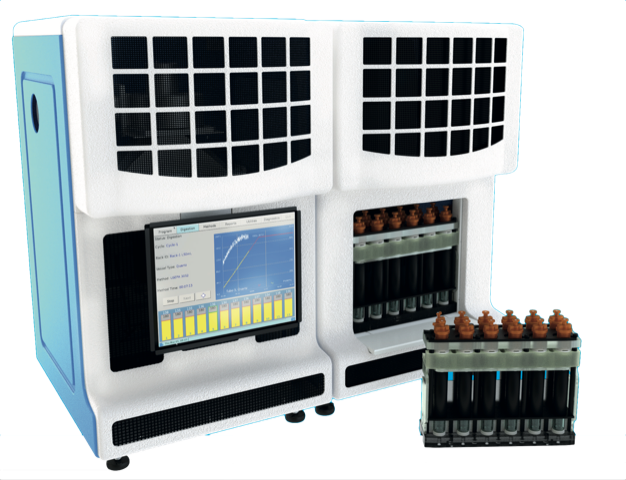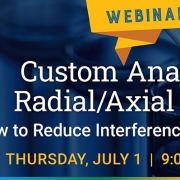ICP User Meeting 2025
Instrument Solutions, in cooperation with Inorganic Ventures and Glass Expansion, is organizing an ICP User Meeting in Utrecht on Tuesday, March 11, 2025.

Are you looking for valuable knowledge and practical insights on ICP-OES and ICP-MS analysis? Attend this User Meeting, where you will:
- Attend inspiring lectures and interactive sessions on the latest developments in ICP analysis techniques.
- Receive practical tips and insights from leading international ICP specialists.
- Exchange experiences with fellow users and expand your network.
- Receive personal case studies and solutions to your specific issues.
Keynote speakers
- Dr. Brian Alexander, Technical director, Inorganic Ventures (USA)
- Dr. Maja Budanovic, ICP Product Manager, Glass Expansion (Australia)
Are you engaged in ICP analysis and looking for solutions to your challenges?
Then this is a unique opportunity to learn from brand-independent ICP experts and optimize your workflows!
What to expect.
- Practical tips and insights from international ICP experts
- Discussions on challenges in sample introduction and sample preparation (unlocking)
- Opportunities to share experiences and ask questions of the experts
Program
09:30 – 10:00 | Welcome with coffee and tea
10:00 – 10:40 | Optimizing the Analysis of Trace Metals – Dr. Brian Alexander (Inorganic Ventures)
10:40 – 11:15 | ICP Sample Introduction Components: Selection & Optimization – Dr. Maja Budanovic (Glass Expansion)
11:15 – 11:30 | Coffee and tea break
11:30 – 12:10 | A Practical Guide to ICP Ionization & Interface Components – Dr. Maja Budanovic
12:10 – 12:45 | Limitations of ICP-MS & Strategies to Overcome These Problems – Dr. Brian Alexander
12:45 – 13:30 | Lunch
13:30 – 14:10 | Designing, Handling & Solving Problems with Calibration Standards – Dr. Brian Alexander
14:10 – 14:45 | Strategies for Long-Term Analytical Performance – Dr. Maja Budanovic
14:45 – 15:00 | Break with coffee, tea, and soft drinks
15:00 – 16:00 | Meet the Experts – Discuss your specific questions and cases in small groups with our specialists
16:00 – 17:00 | Closing drinks
Costs
To participate, there is no cost to you.
Location
Aristo Meeting Center Utrecht
Brennerbaan 150
Utrecht (Lunetten)
Netherlands
The event has already taken place.

